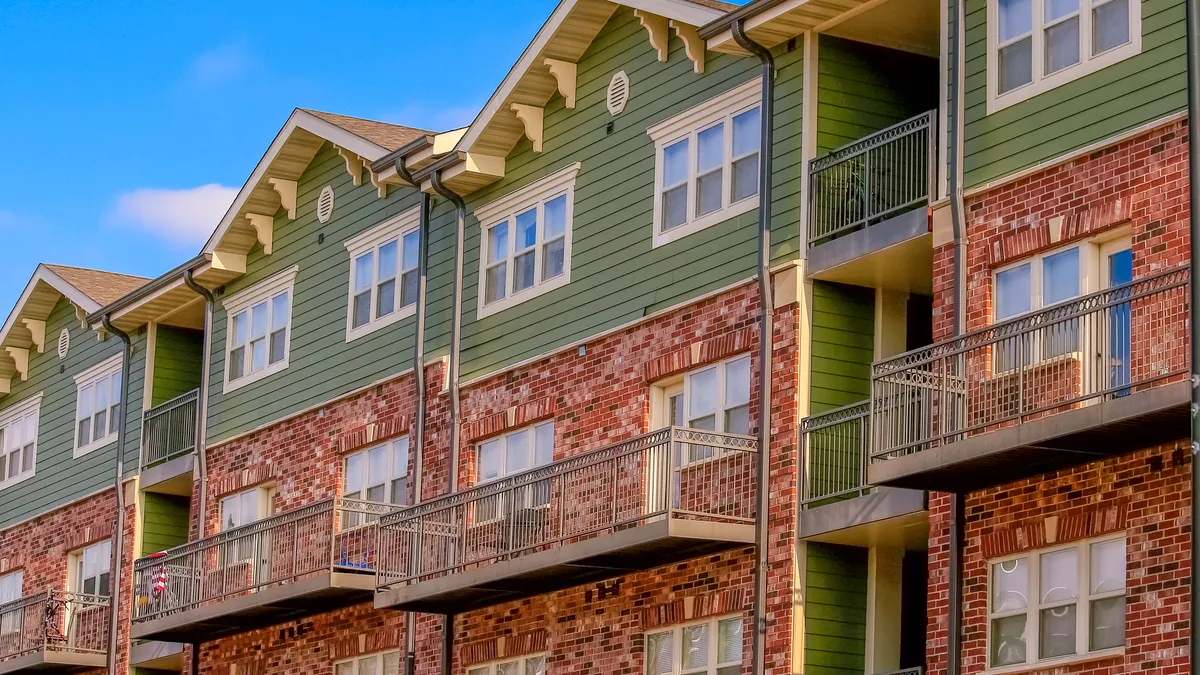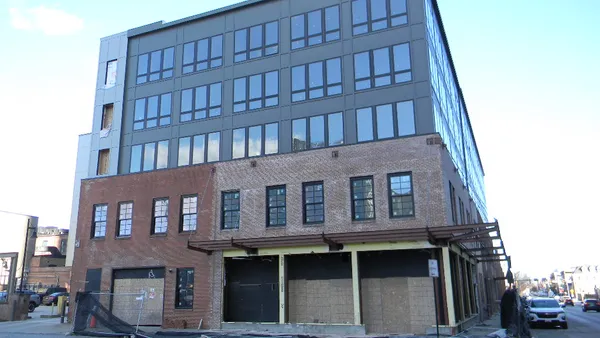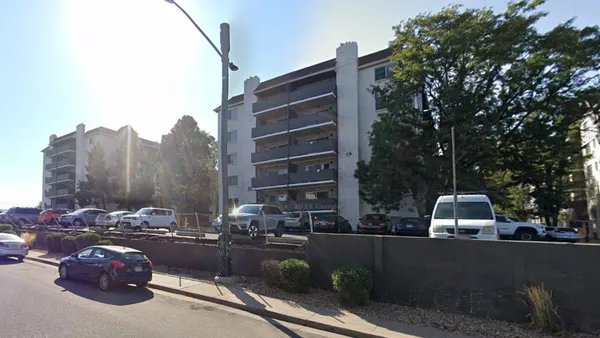Dive Brief:
- “Not In My Backyard” attitudes opposing new development have moderated significantly over the past two years, according to planning technology company coUrbanize. In a recent survey, 62% of visitors to coUrbanize’s real estate project sites described themselves as pro-development — up from 49% in a similar survey in 2020.
- CoUrbanize attributes the decline in NIMBYism over the course of the past two years to the COVID-19 pandemic, the worsening housing crisis and changes in the social landscape, according to a press release on the survey.
- Development projects involving housing were among the most popular in the survey. Seventy-six percent welcomed affordable housing for senior citizens. Over 60% support workforce housing for public servants, affordable housing for people with disabilities, single-family homes for middle-class families and affordable housing for veterans, respectively.
Dive Insight:
One of the most popular non-residential construction projects was public transportation, supported by 62% of those surveyed. “When housing is not affordable in town centers where many jobs are located, workers have no choice but to move farther away. Public transportation is critical for economic mobility,” Karin Brandt, CEO and founder of coUrbanize, said in the release.
While more respondents were in support of development overall, there was a dividing line at which they became less receptive.
While 68% supported affordable housing in their communities, only 50% welcomed low-income housing, and 31% welcomed public housing. Public housing was among the building types respondents were least receptive to, second only to lab facilities.
“We celebrate the overall increase in support for development, but there is still work to be done,” added Brandt. “For example, people continue to fear the prospect of public housing in their community, even though few respondents (20%) characterize their community as affordable. We believe that these fears stem from systemic racism, unconscious biases, and misinformation. Our ongoing objective is to combat such attitudes through education and communication so that we reach all stakeholders – not just the vocal NIMBYs.”
The survey took place over two weeks in August and garnered 1,600 responses. The previous survey took place in March 2020, with 1,073 responses













